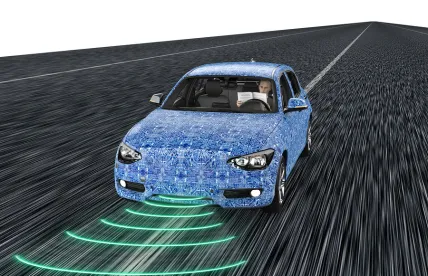High profile accidents related to autonomous vehicles are impacting the planned expansion of existing autonomous vehicle pilot programs. In 2016, a driver in Florida died while using autopilot mode on his vehicle. Then, on March 18, 2018, a pedestrian was struck and killed in Tempe, Arizona by a Volvo XC90 sport utility vehicle, fitted with self-driving capabilities. The vehicle was part of Uber’s autonomous vehicle pilot program, and Arizona’s governor thereafter suspended that program in Arizona.
Only a few months before the vehicle crash, Uber CEO Dara Khosrowshahi, sat down with Bloomberg News Editor-In-Chief, John Micklethwait, to detail Uber’s autonomous vehicle plans. According to Khosrowshahi, Uber began its endeavor by launching various pilot projects in major cities nationwide, including Tempe, Arizona—the location of this latest incident. The company’s plan, he explained, was to promote autonomous transportation, “and feather it in” with traditional non-autonomous transportation requiring drivers.
Under the pilot program, Khosrowshahi explained, in 95 percent of cases today, Uber will determine the circumstances are not appropriate for an autonomous vehicle. Uber may not have everything mapped perfectly, the weather may not be perfect, or there may be an accident on the road. If any of these conditions exist, Uber will not send an autonomous vehicle to service the customer. However, in the remaining five percent of cases, Khosrowshahi continued, everything will fall into place—and that is when Uber will send an autonomous vehicle for transport. The initial five percent was predicted to grow to 10, 15, and 20 percent as Uber’s computer and algorithms continue to learn how to maneuver real world conditions. At the time of the interview, Khosrowshahi anticipated Uber serving the majority of its users with entirely autonomous technology in the next 10 to 15 years—even suggesting that today’s children may never learn how to drive a car.
In light of the most recent incident, Uber has put those plans on hold. The day after the accident, Uber terminated pilot projects in Arizona, San Francisco, Pittsburgh, and Toronto. It remains unclear as to who was at fault for this accident. However, it is clear this accident will slow down autonomous vehicle testing on public roads. While that trend will no doubt continue, some may want to pump the brakes.



 />i
/>i

